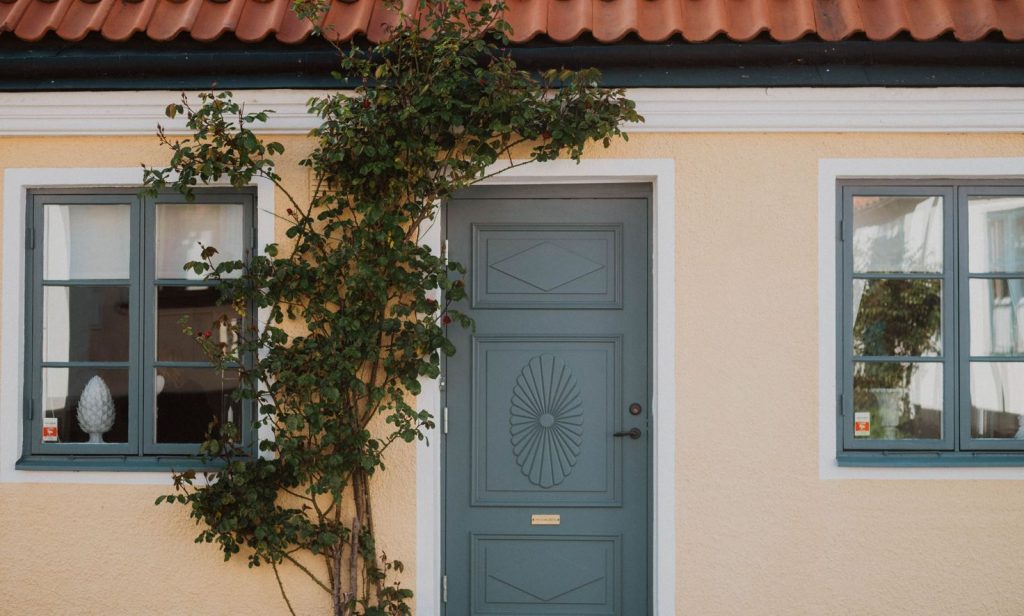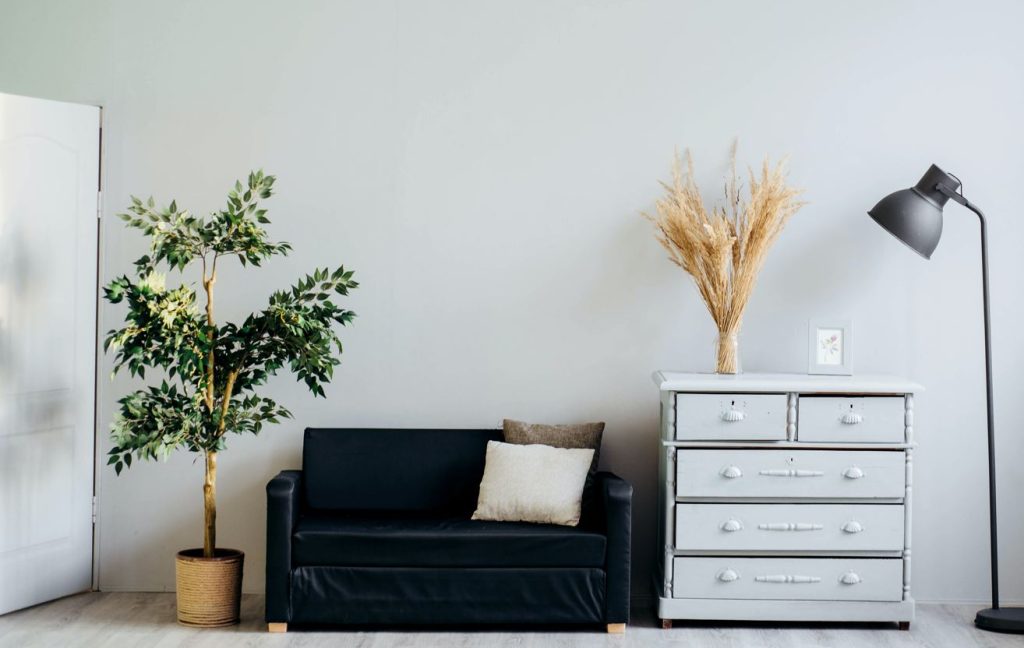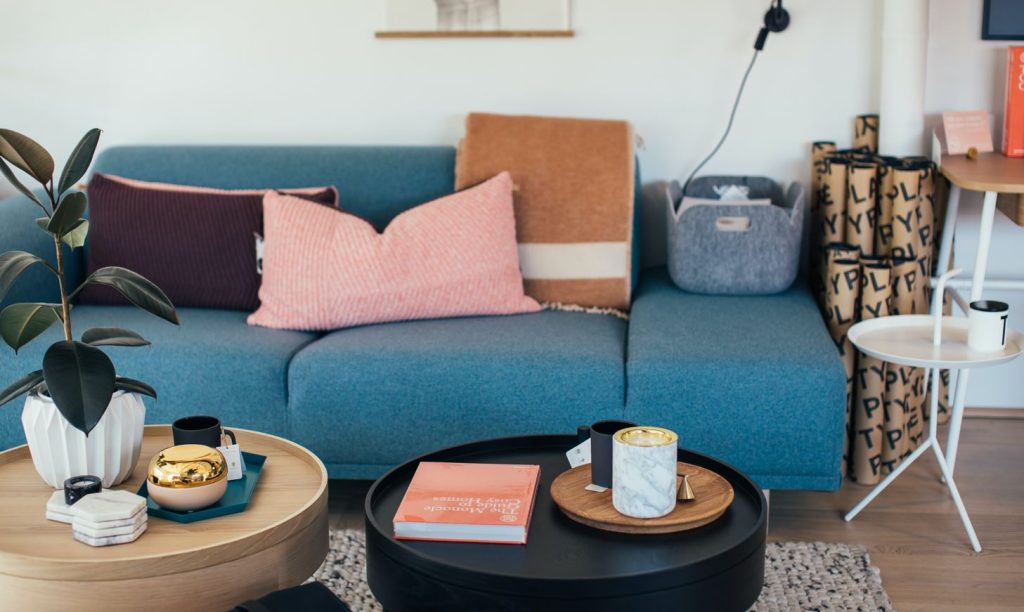The usefulness, convenience, and overall value of your granny flat all hinge on your decision of where to put it. A granny flat, also called an accessory dwelling unit (ADU), is a secondary, self-contained dwelling that is attached to but stands apart from the primary residence on a given piece of real estate. Whether you're planning on using the granny flat as a home for an elderly relative, a rental unit, or just some extra space to stretch out, finding the perfect spot is essential.
In this article, we'll discuss what to look out for as you scout potential sites for your granny flat. Everything from the law and ease of access to the local environment and social dynamics plays a role in establishing a pleasant and secure place to call home. If you take the time to learn about and research these factors, you can make a choice that meets your needs and fully exploits the potential of your granny flat.
Keep in mind that the property's long-term value and desirability will be affected by the location you choose, in addition to the immediate quality of life it will provide for the occupants. So, let's delve into the essentials of picking the right spot for your granny flat, so you can make an educated decision that meets your specific needs and ensures a pleasant stay.
What Is A Granny Flat?
A granny flat, or accessory dwelling unit (ADU), is a small, standalone residence that can be attached to or detached from a primary residence.
They are gaining in popularity as a practical and inexpensive option for hosting elderly relatives or renting out extra space. The term "granny flat" gained popularity as a result of the frequency with which families housed their grandparents in their own dwellings.
These dwellings are typically smaller and cosier, but they offer a surprising degree of personalisation. They provide homeowners with more room and independence, and they can even bring in extra cash by renting out the space.
More and more homeowners are interested in adding granny flats to their properties to attract renters, but it's important to keep in mind that creating these units can be difficult.
The success of your granny flat project depends on your careful consideration of design, features, and construction materials.
Creating a granny flat that is both functional and aesthetically pleasing requires careful consideration of a wide range of factors, from the ideal location to the number of bedrooms.

Types Of Granny Flats
In-Home Granny Flat
One of the most typical types is the attached or detached granny flat. There are typically fewer regulations placed on the construction and occupancy of such units. Since the primary structure already exists, all that needs to be done to make them habitable is to add a new front door and some modern conveniences.
Customers on a tighter budget, or those who have no plans to rent out their unit, are good candidates for these models. However, for those who plan to have their in-laws or children move in with them, the lack of privacy between the main house and the granny flat is ideal.
Home-Extension Granny Flat
The granny flats we see here are extensions to preexisting houses. They add on to the primary building's framework to create a connected but autonomous accessory dwelling unit. The kitchen, bathroom, living area, and bedroom in these apartments are typically self-contained.
This type of suite is perfect for homeowners who don't mind having an attached unit to their primary residence. While home-extension granny flats are a great option for homeowners looking to house friends and family, they may not be the best choice for those in search of a rental income.
Detached Granny Flat
A detached granny flat is an accessory building that is not attached to the primary residence in any way. While detached granny flats are more expensive to construct, they can be viewed as an investment if they are used as rental units.
Detached accessory dwelling units (ADUs) are more expensive to construct and come with their own set of rules and regulations. Depending on the specifics of the property's location, local ordinances may strictly prohibit or regulate such building. It's crucial that customers fully grasp the potential limitations of their project as a result of local regulations.
Regardless, detached granny flats are highly sought after due to the fact that they give residents of both the primary and secondary dwellings more space for personal independence and seclusion.
Tips On How To Choose The Right Position For Your Granny Flat
Observe Natural Lighting For Orientation
Think about the seasons, where you live, and the orientation of your backyard. Consider your cooling and heating needs. The direction in which your Granny Flat is built can have a significant impact on the home's energy efficiency, which in turn can lower your monthly utility costs and keep you feeling cosy for longer.
It is best practise to situate your Granny Flat so that it takes advantage of the prevailing wind and sunlight patterns. Backyards that face north are ideal in colder climates due to the constant sunlight they receive. However, in warmer climates, they may become uncomfortable in the summertime when there is neither shade nor a breeze.
During the winter, good orientation for a Granny Flat that relies on passive heating means taking advantage of the sun's warmth. Since most time spent indoors is in the living area, kitchen, and dining room, these should be the rooms whose windows face north to maximise the amount of natural light they receive throughout the day. This room should open up to a similarly oriented outdoor gathering space, where you can take in the sunrise and sunset in comfort.
Consider Who Will Be Living In The Granny Flat
Consider the intended occupants of the Granny Flat as you make your site selection. Do you intend it to serve as a less expensive option for your ageing parents in need of long-term care? Do you plan to rent out the units or use them as an investment? Or you may be providing your grown children with a quiet place to stay while they save up for their own place. All of these factors will determine how much space you need for your Granny Flat and where in your yard it should be built.
Parents in their golden years appreciate a quiet environment; if you have noisy neighbours or plan to move close to a busy road, keep that in mind. If you are constructing a Granny Flat for elderly relatives, it is important to make sure that the path from the parking area to the entrance is as level and free of trip hazards as possible.
Prepare For Local Council Requirements
It is important to consider the proximity of your proposed Granny Flat to the main house when making plans for it. This proximity is necessary to satisfy local zoning regulations and to allow residents, especially the elderly, to walk to and from the main house.
Make sure the proposed Granny Flat location won't cause any problems with the property's existing water storage, electrical, or waste management infrastructure. The Granny Flat site must be free of any large or heavy trees that could cause structural damage to the building.
Think About The Size, Shape And Attributes Of Your Land
Granny flats are gaining popularity as a way to increase the resale value of a home and provide a place for elderly relatives to stay close by. Consider the features and amenities that make your backyard special, and how you might incorporate them into your Granny Flat lifestyle. Maybe your home boasts a picture-perfect pool, an idyllic garden, or a breathtaking vista of the countryside. The Granny Flat could be set up to take advantage of these, making it feel more like a home right away.
Frequently Asked Questions About Granny Flat
A granny flat is a self-contained living space typically built on the same property as a main residence. It is designed to accommodate a family member, provide rental income, or serve as additional living space.
The location of a granny flat affects its functionality, convenience, and overall value. It determines accessibility to amenities, transportation options, safety, and community dynamics, which significantly impact the quality of life for occupants and potential returns on investment.
Yes, it is important to research local regulations and zoning laws to ensure compliance. Building codes, permits, and approvals may also be required. Consulting with local authorities and professionals can help navigate the legal aspects.
Proximity to amenities such as schools, hospitals, grocery stores, and public transportation is crucial. Assessing transportation options and considering safety and security factors in the area are also important.
Evaluating the climate, natural lighting, ventilation, noise levels, and privacy are essential. These factors contribute to the comfort and sustainability of the granny flat.
What Features Can You Include In A Custom Granny Flat Design?
When designing a granny flat, there are many factors to think about. Depending on the amenities included, the granny flat can serve a variety of purposes.
Size
The size of your granny flat must comply with established standards. The size of your granny flat must comply with regulations set by your city or town. These largely depend on the size of your lot and the local density ordinance. To find out what rules apply in your area, you should contact the local government. You have the option of making your granny flat as big as possible, or as small as you like.
Layout
The layout of the granny flat includes the positioning and size of each room. While some granny flats have more of an open floor plan, others are more compartmentalised. The floor plan for the granny flat lays out the space available and the relative sizes of the various rooms.

Bedrooms
The number of bedrooms in a granny flat is determined by the granny flat's square footage and its intended use. More bedrooms are more desirable when planning a large granny flat because they allow for more options. Tenants may be able to expand their living quarters within the granny flat or find new uses for existing space. It's possible that you'd rather have a smaller home with fewer bedrooms. You could put it to better use as a sizable kitchen, dining room, or living room.
Bathrooms
The importance of a sufficient number of restrooms is subjective. When there are many people living in a space, it's ideal to have several loos available. Bathrooms can be private, shared, or combined. For greater flexibility, it is recommended that rental granny flats with more than one bedroom also have more than one bathroom.
Stories
A granny flat can be one or two stories tall. The use of less ground level space is a benefit of vertical construction. However, tenants with mobility issues, such as wheelchair users or the elderly, may find two-story granny flats less suitable due to the presence of stairs.
Outdoor Area
The design of a granny flat's outdoor space can be put to many different purposes. An outdoor space can be furnished for use as either an eating area or a children's play area. The outdoor space could also be used as a garden.
Decide Who This Granny Flat Is For
It's important to have a rough idea of the target demographic for your granny flat before you begin planning and construction. Fact is, various demographics vary in terms of age, lifestyle, and preferences. Accessibility features and outdoor gardens, for instance, may rank high on the list of priorities for a senior citizen.
A younger person, on the other hand, may place less value on privacy and more on having adequate space for socialising and shared activities. Having a child may increase a couple's need for a garage. When looking at granny flat blueprints, keep these considerations in mind.
The rooms and layout of any granny flat can be modified to better suit the needs of the people who will be living there. However, cutting back and recycling are less of a hassle than expanding.
If you intend to rent out your granny flat, for instance, you may decide to go with a more spacious layout that features a garage. Once that tenant vacates, however, you'll be free to transform the garage into a more suitable living space for your ageing in-laws or parents.
Conclusion
Design, features, and building materials all play a role in the finished product of a granny flat. A granny flat is an independent supplementary dwelling that is either attached to or separate from the main house on a piece of property. Because of its low cost and ease of use, it is becoming increasingly popular as a place to stay for visiting relatives of any age. To make a decision that serves your needs and maximises the potential of your granny flat, you should take the time to learn about and explore these variables. The most crucial aspects of designing a granny flat are the wide varieties of granny flats, such as attached, detached, and in-home extensions.
Granny flat additions to existing homes use the structure of the main house to provide a separate but connected living space. Detached granny flats are more expensive to build and subject to their own regulations, but they are in high demand since they offer more privacy and independence to the occupants of both the primary and secondary homes. Observe natural lighting, think about your cooling and heating demands, and think about who will be living in the Granny Flat before deciding on a location. It's ideal for putting the Granny Flat in a spot where it can take full advantage of the wind and sunlight patterns in that area. It's also crucial to think about who will be living in the Granny Flat, whether it's aged parents in need of long-term care, tenants, or adult children looking for their own space.
It's also crucial that the walkway leading from the parking lot to the door is as smooth and clear of obstacles as possible. In order to abide by zoning laws and provide easy access for inhabitants, a Granny Flat should be located close to the main house. A granny flat's design should also take into account the land's dimensions, shape, and features. A unique granny flat design can incorporate features like a beautiful pool, an exquisite garden, or a spectacular view of the countryside. Each room in the granny flat, as well as its location and overall size, must conform to predetermined norms.
The square footage and intended usage of a granny flat will dictate the number of bedrooms it can accommodate. A multipurpose outdoor space and many indoor bathrooms are essential, as are a building's height (one or two floors). Granny flats appeal to a specific age, lifestyle, and preference bracket. It is possible to tailor the granny flat's rooms and layout to the specific requirements of its future occupants. Reducing costs and reusing materials is easier than growing.
Content Summary
- The location of your granny flat is crucial for its usefulness, convenience, and overall value.
- Granny flats are self-contained dwellings attached to the primary residence.
- Choosing the right spot is essential for a home for an elderly relative, a rental unit, or extra space.
- The long-term value and desirability of the property are affected by the location.
- Granny flats are gaining popularity as a practical and inexpensive option.
- They offer personalisation and more independence to homeowners.
- Homeowners are interested in adding granny flats to attract renters.
- Careful consideration of design, features, and construction materials is important.
- In-home, home-extension, and detached are common types of granny flats.
- In-home granny flats have fewer regulations and lack privacy.
- Home-extension granny flats are ideal for housing friends and family.
- Detached granny flats are more expensive but provide personal independence.
- Natural lighting and orientation impact energy efficiency in granny flats.
- Consider cooling and heating needs based on the seasons and location.
- Situating granny flats to take advantage of prevailing wind and sunlight patterns is recommended.
- Occupants of the granny flat determine the space needed and location preferences.
- Consider a quiet environment for elderly relatives in the granny flat.
- Proximity to the main house is necessary to satisfy local zoning regulations.
- Consider local council requirements for water, electricity, and waste management.
- Size, shape, and attributes of the land should be considered.
- Incorporate backyard features and amenities into the granny flat lifestyle.
- Custom granny flat designs should consider size, layout, bedrooms, bathrooms, stories, and outdoor areas.
- The size of the granny flat must comply with local regulations.
- The layout determines the positioning and size of each room.
- The number of bedrooms and bathrooms depends on the square footage and intended use.
- Vertical construction saves ground-level space but may not be suitable for mobility issues.
- Outdoor space can be used as an eating area, play area, or garden.
- Consider the target demographic for the granny flat when planning and construction.
- Different demographics have varying ages, lifestyles, and preference considerations.
- Rooms and layouts can be modified to suit the needs of the occupants.

